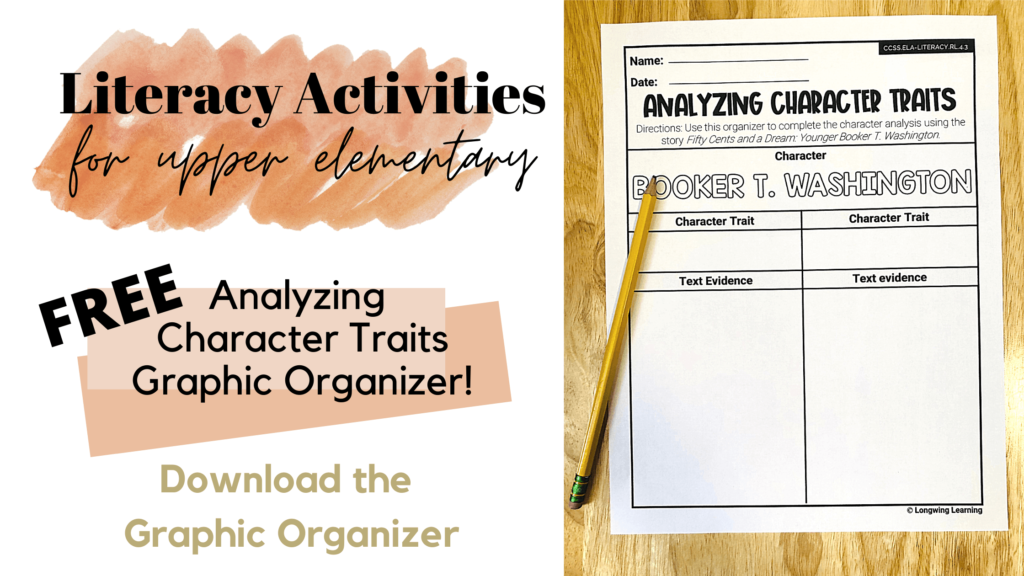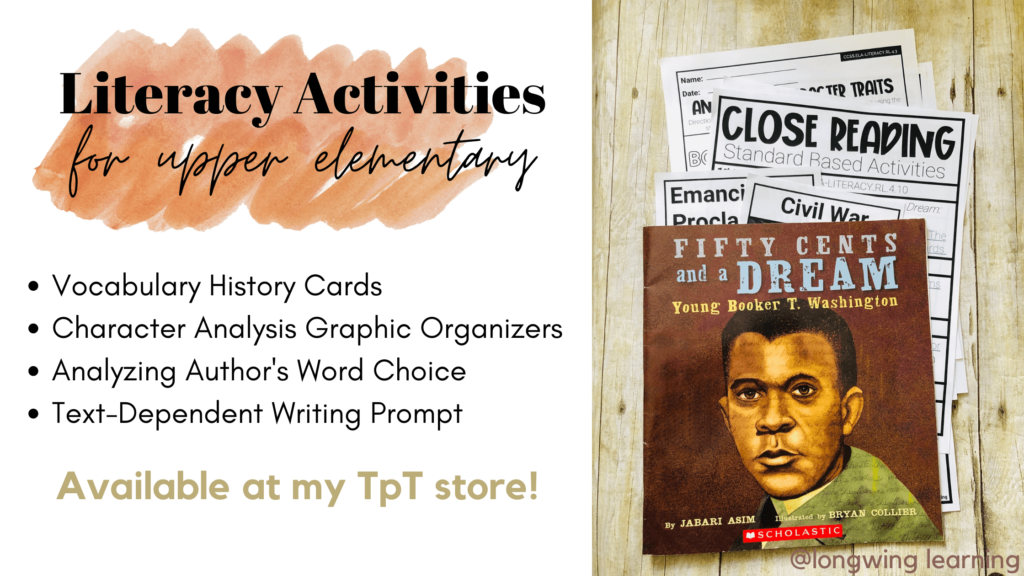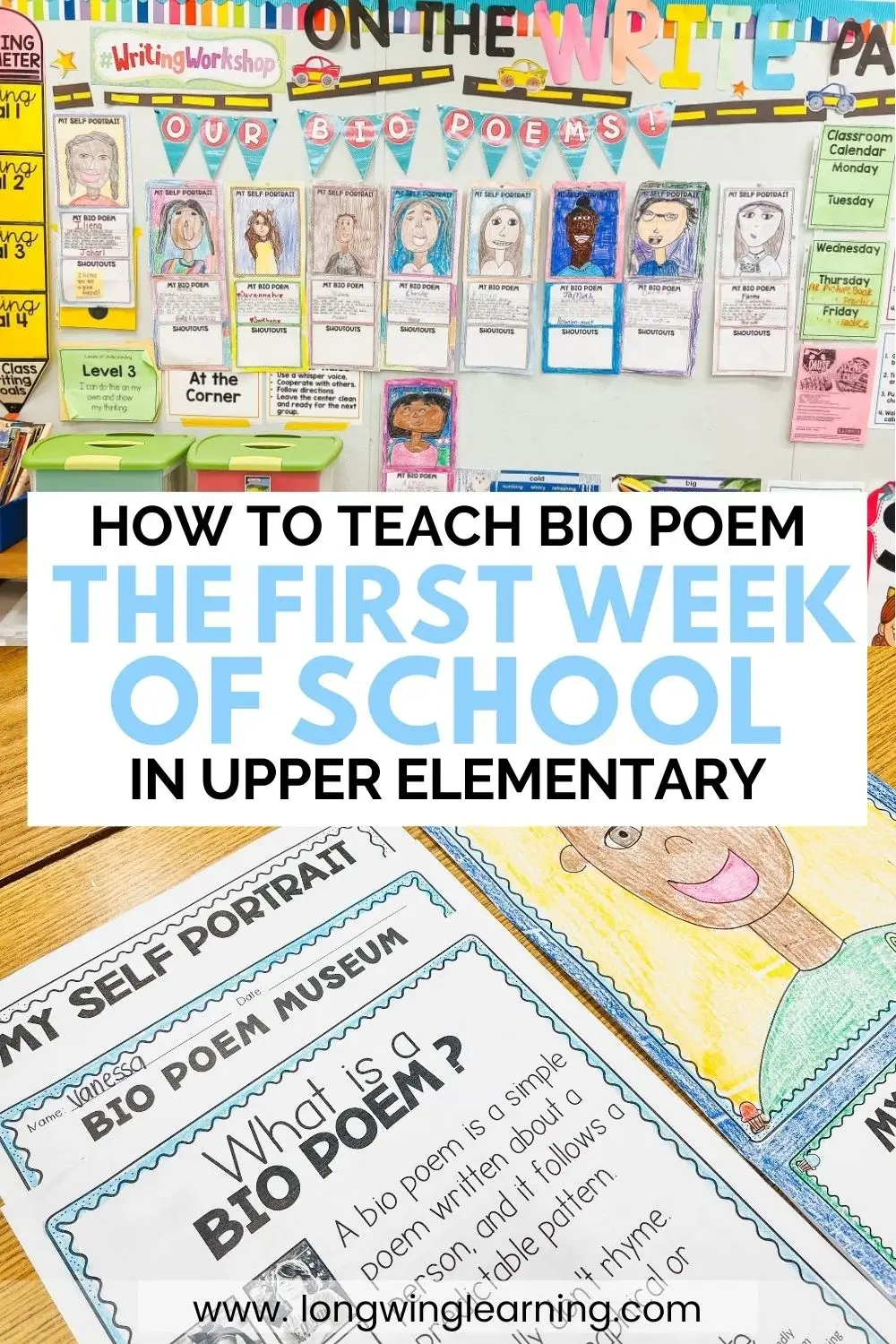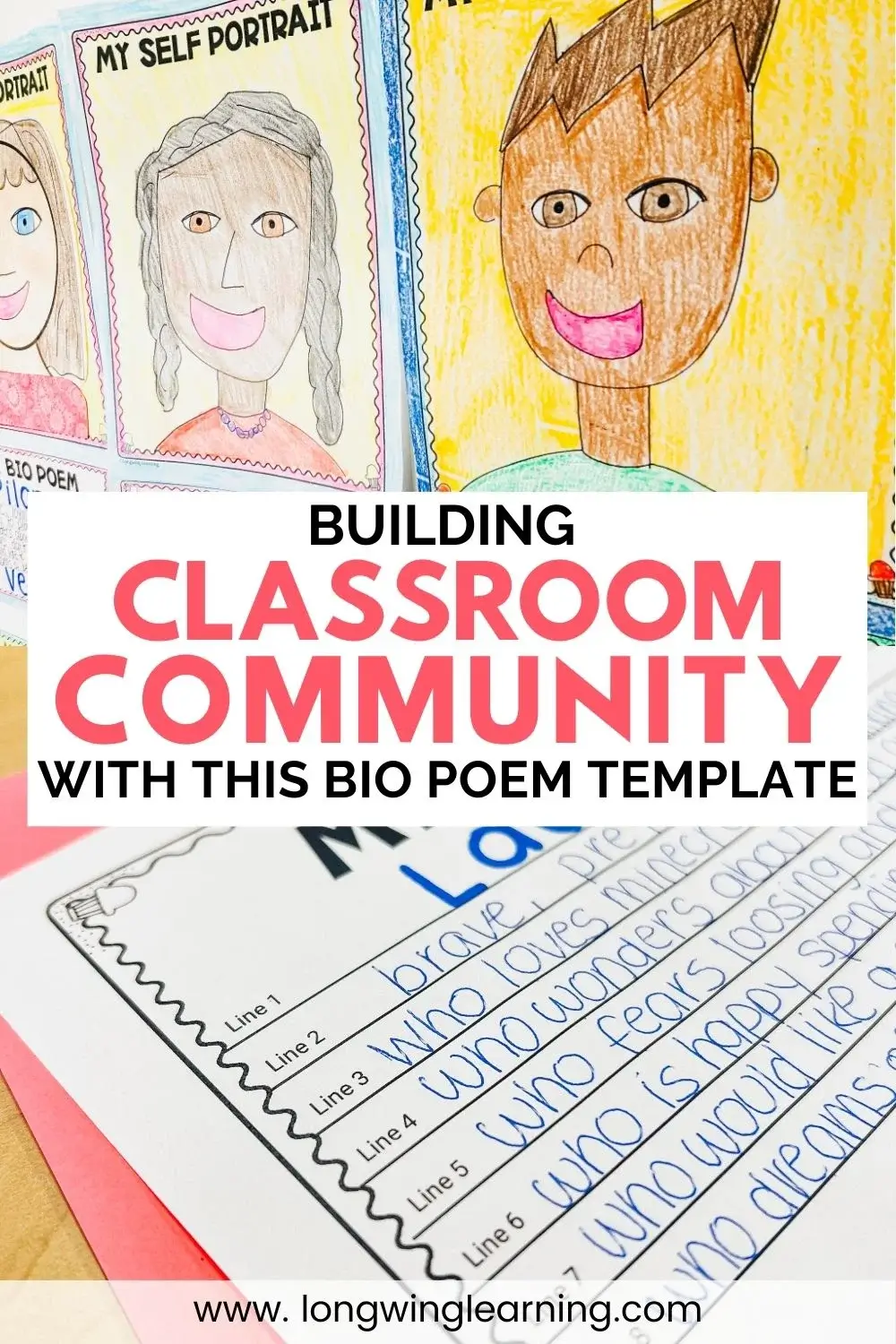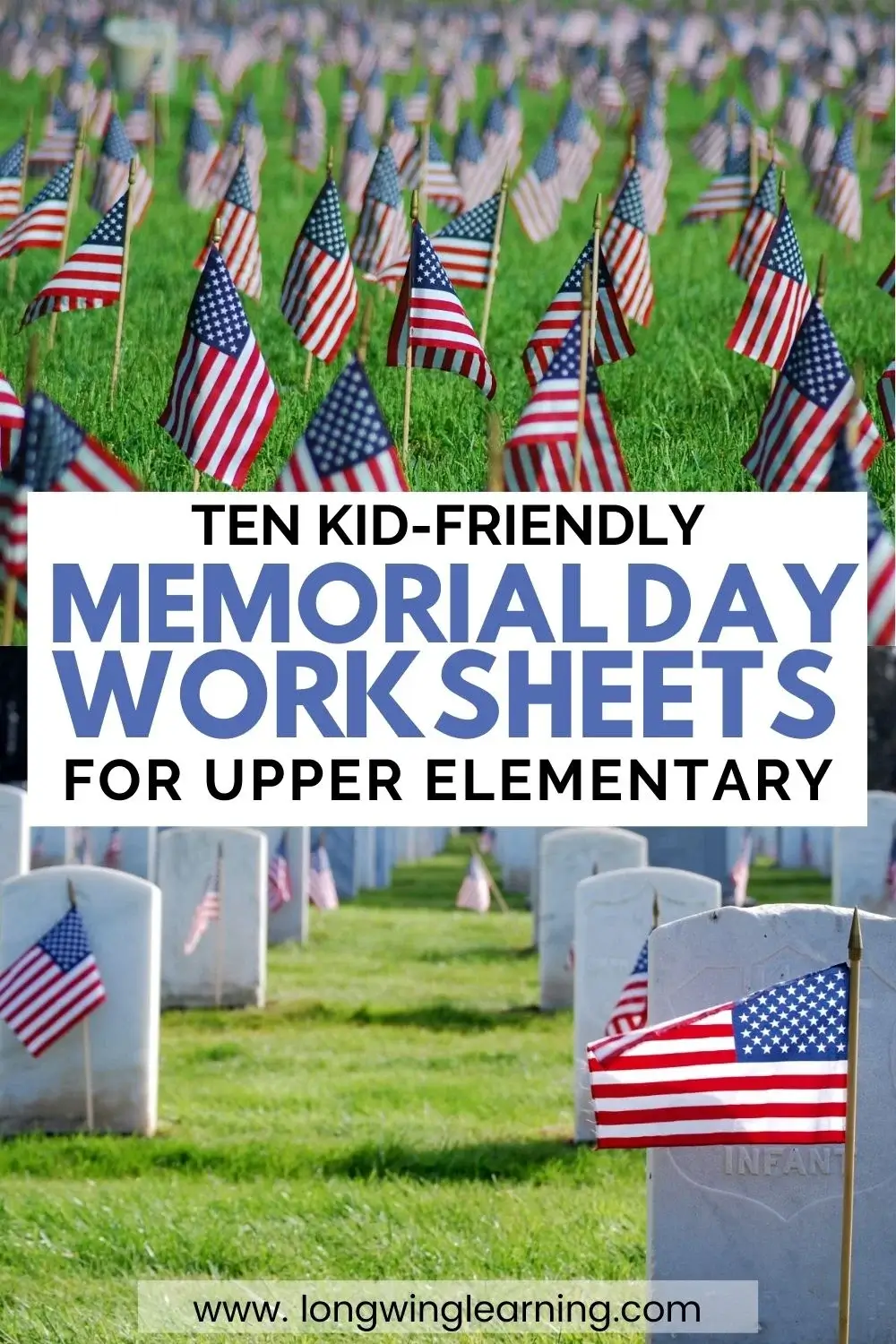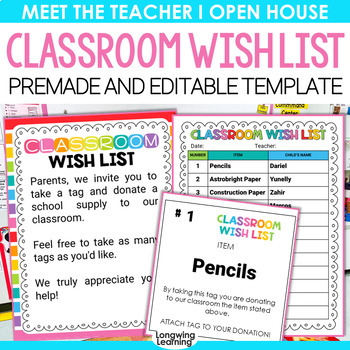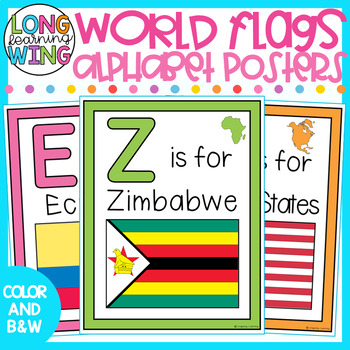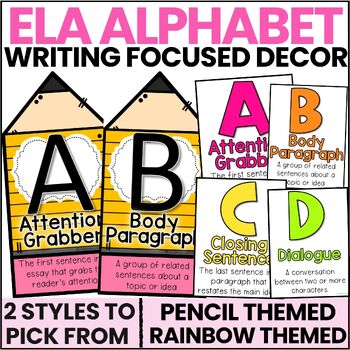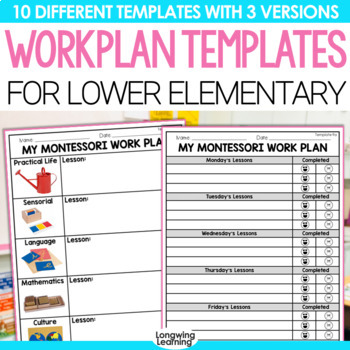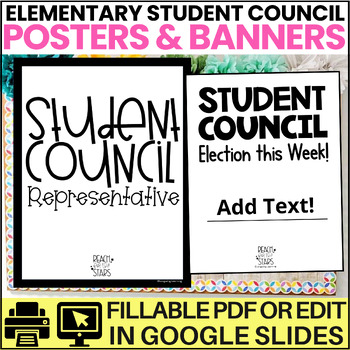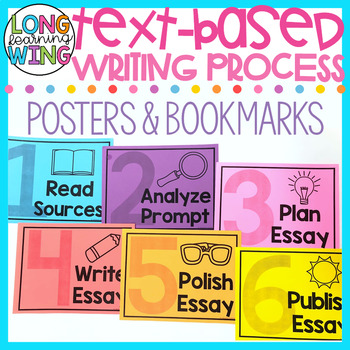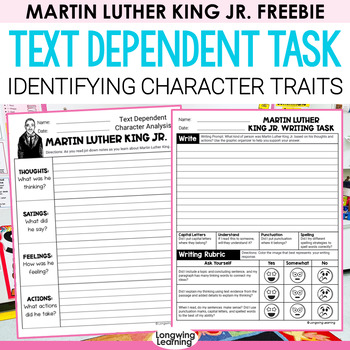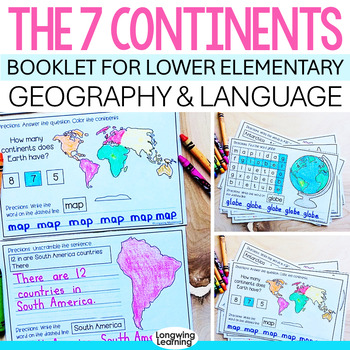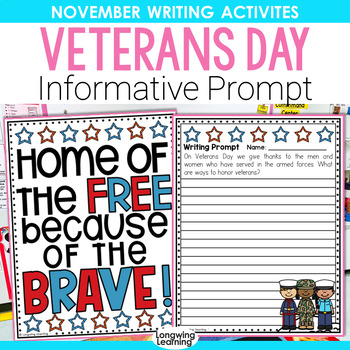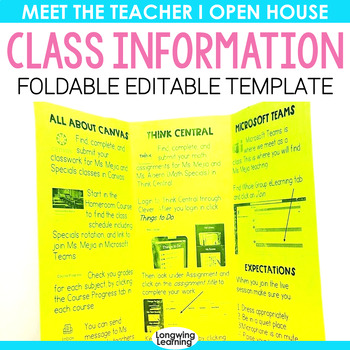Picture books are my favorite teaching tool. They allow me to teach anything in bite-size chunks. As I plan my lessons, I incorporate history by highlighting the achievements of the cultures and races that have shaped American history.
The determination and accomplishments of Black Americans is nothing short of phenomenal, and yet many kids only know Martin Luther King Jr. or Rosa Parks’ journey. For this reason, culturally relevant books in the classroom are essential.
I’m thrilled to share with you today a picture book perfect for upper elementary kids to learn about the courageous journey of Booker T. Washington.
This lesson is filled with literacy-based activities to honor the achievements of this Black American hero.
Table of Contents
Book Summary
Fifty Cents and a Dream, Younger Booker T. Washington is a picture book that focuses on the early life of Booker T. Washington. Its beautiful illustrations and vivid words tell about the hardship and journey of the young Booker T. Washington.
The book focuses on the early experiences of Booker’s life after he was with his family. It tells about the crossroads and travels he went through to make it to Hampton Institute.
It also delves deep into the type of person Booker T. Washington was by highlighting the obstacles he overcame as a child to become a prominent Black figure in his era.
Through this picture book, upper elementary students get a glimpse of life after the Civil War and the hardships Booker T. Washington overcomes.
In the end, the author continues to tell the story by including a timeline of Booker’s life and interesting facts found in the illustrations and content of the story.
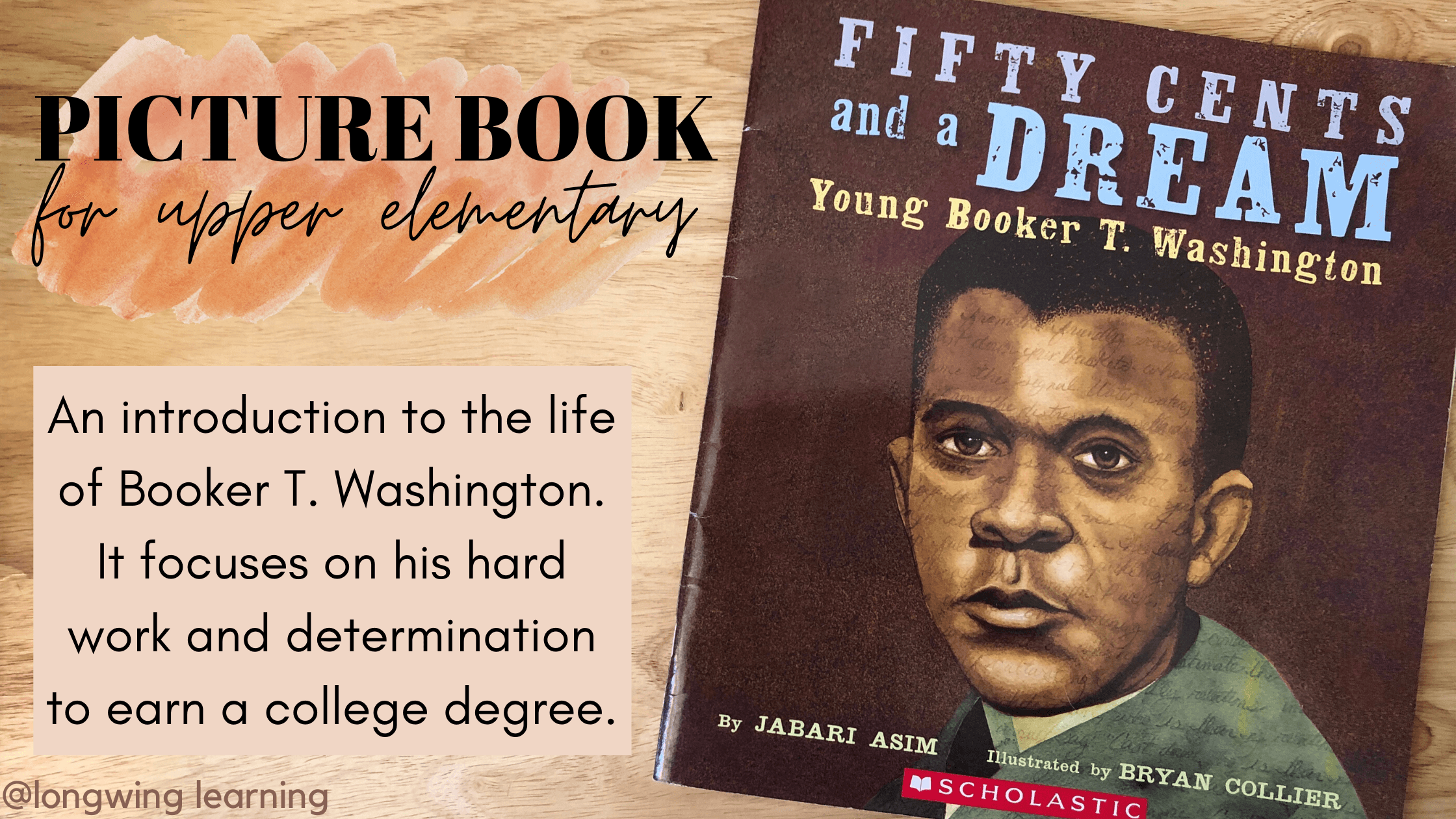
After reading this book, there are tons of teaching points and opportunities to hit those upper elementary standards while learning about the contributions of Booker T. Washington.
The book’s reading level is 4.9, which makes it appropriate for late fourth-graders and emerging fifth-graders.
First Reading: Read Aloud the Picture Book
The first reading should be a read-aloud for students to enjoy the story and become familiar with the narrative of the storyline.
Reading the story multiple times familiarizes the kids with the main character and setting of the story, which hints at life after the Civil War.
Moreover, you can take this opportunity to introduce significant events such as the Civil War and the Emancipation Proclamation of 1863.
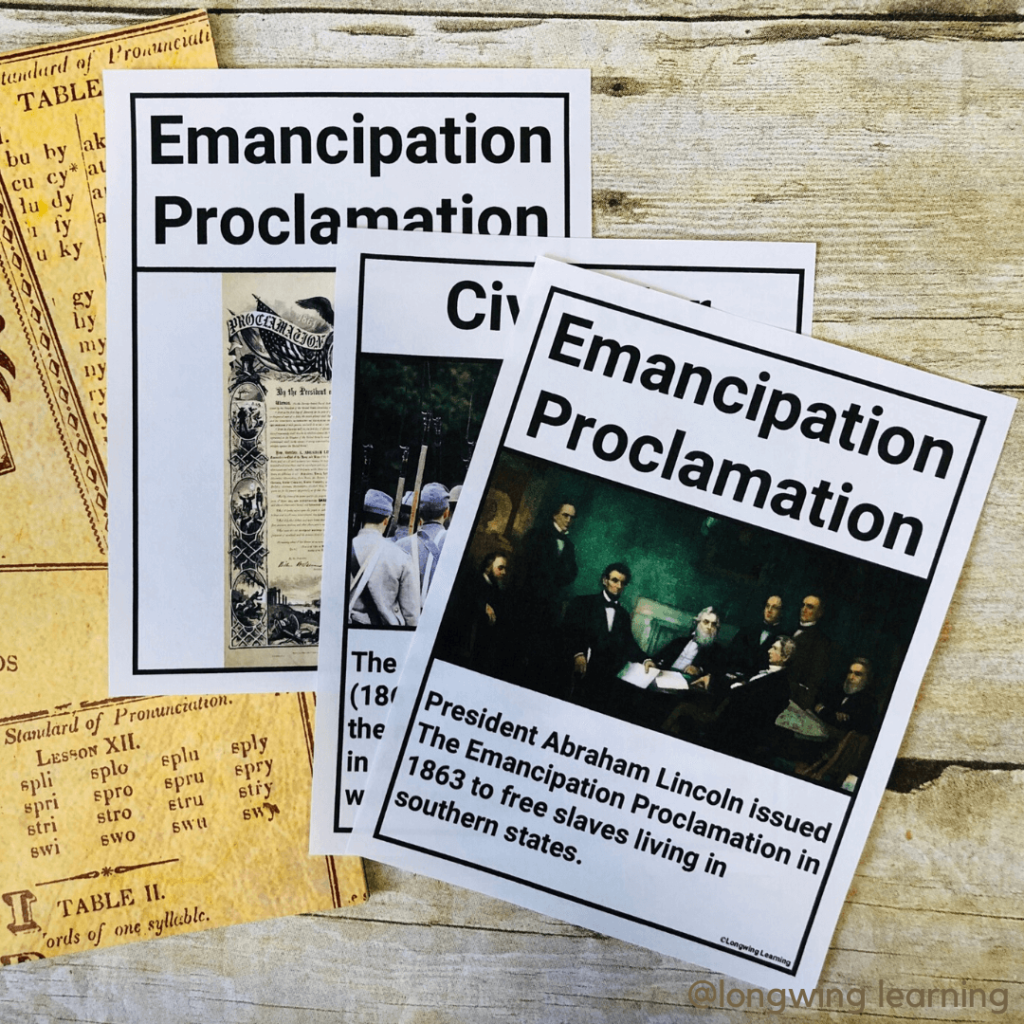
Second Reading: Analyze the Character
For the second reading, it’s an excellent opportunity to focus on the actions of the young Booker T. Washington. Analyzing the main character’s actions allows the kids to understand who he is and learn about the qualities that made him succeed.
To do this, kids can describe Booker T. Washington’s actions and thoughts as told in the story and match them to examples of character traits. This activity is perfect for covering standard LAFS.4.RL.1.3 or CCSS.ELA-LITERACY.RL.4.3 by asking students to describe the character, setting, and events in the story drawing on specific details in the text.
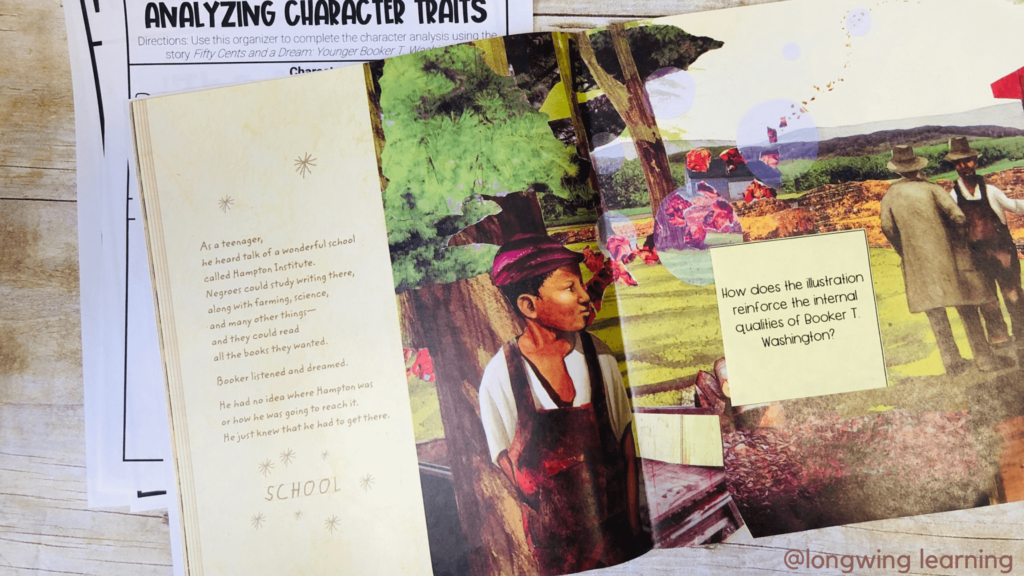
Here is a set of questions to get the conversation started.
- What character trait was Booker T. Washington displaying when he ______?
- Think about the character’s traits of Booker T. Washington. Give an example of a situation where these traits were helpful for him.
- What illustrations or photographs reinforce the internal qualities of Booker T. Washington?
- What details from the story reinforces the type of person Booker T. Washington was?
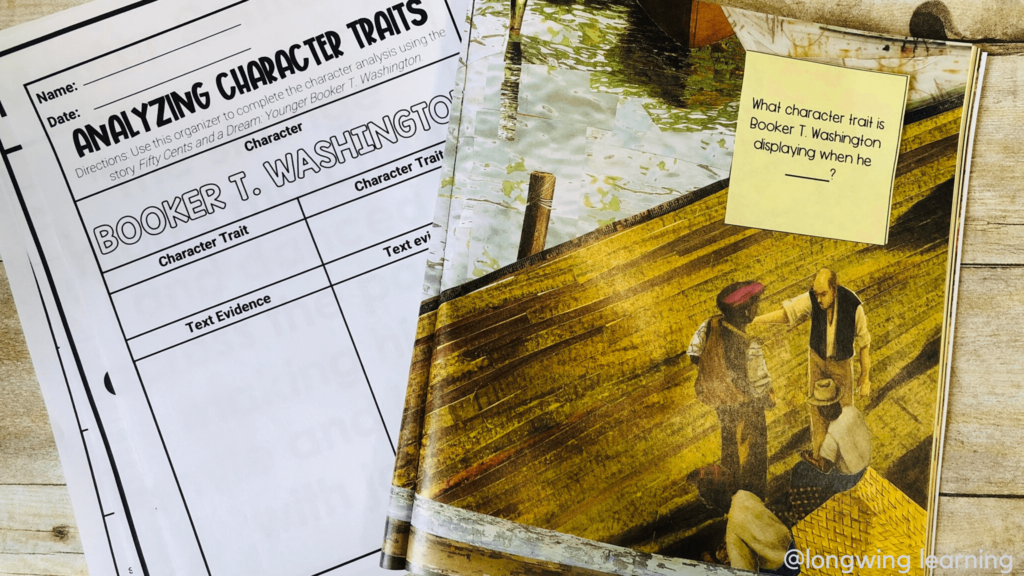
Besides, kids can use this graphic organizer to jot down their thoughts and use details from the text to back up their choice of character traits of Booker T. Washington.
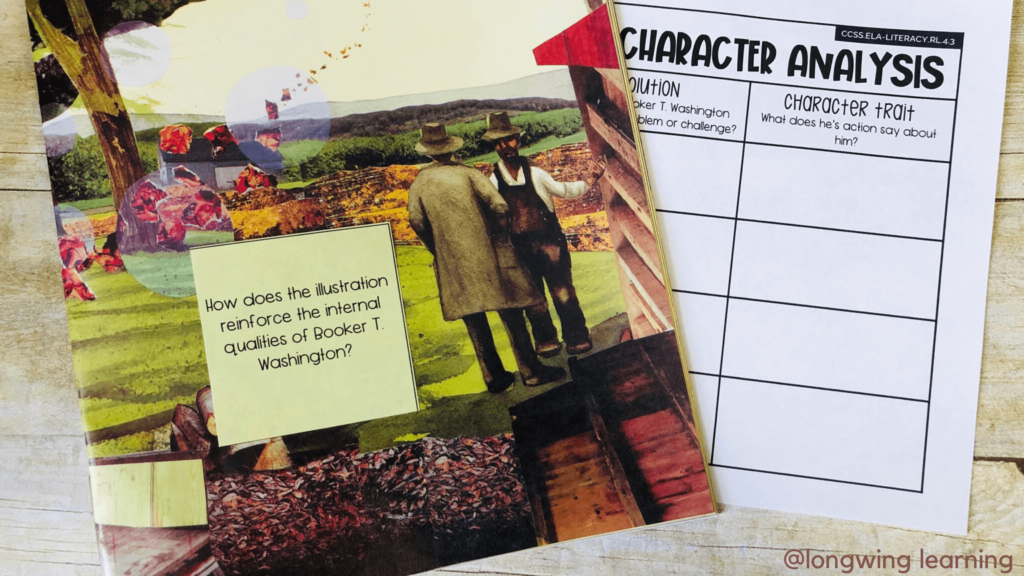
Third Reading: Word Choice
In the third reading, the focus is on the word choice the author uses to convey his message. This activity makes for a great mini-lesson. The emphasis this third time around is to explore the author’s choice of words that made Booker’s journey come to life with vivid words.
This activity touches on language standards, LAFS.4.L.2.3, or CCSS.ELA-LITERACY.L.4.3.A, here kids explore mentor sentences in the story to learn the words and phrases that convey the author’s ideas precisely.
Of course, it also includes vocabulary standards, LAFS.4.L.3.6, or CCSS.ELA-LITERACY.L.4.6 here, kids acquire and use accurately domain-specific words and phrases as found in grade-level appropriate texts, including those that signal precise actions, emotions, or states of being.
This book is full of examples of specific and vibrant words the author uses to tell more about the journey of Booker T. Washington.
The author himself reveals the purpose of this story is to tell about the 500 miles journey Washington that he summed up in just four pages!
Here are examples of sentences that can be used as mentor sentences for kids to learn more about the power of words.
- “The strange marks marched and danced across the page, making him smile and laugh with joy.”
- “The wind nipped at his weary bones, and the hard ground made his feet ache.”
- “Trudging beneath the bleak skies and bitter cold, he could have given up.”
For this activity, using this graphic organizer kids explore the meaning and emotion the author evokes when adding specific words to the story.

Fourth Reading: Writing About Booker T. Washington
This lesson wouldn’t be complete without integrating writing! When using this picture book in the classroom, the focus is on the reading aspect to better understand the journey of Booker T. Washington.
However, including the kids to write about Booker T. Washington solidifies what they have learned about Booker” s journey and triumphs.
To do this, kids can write about the character traits Booker displayed throughout the book. It’s a great way to bring the activities I have listed here together.
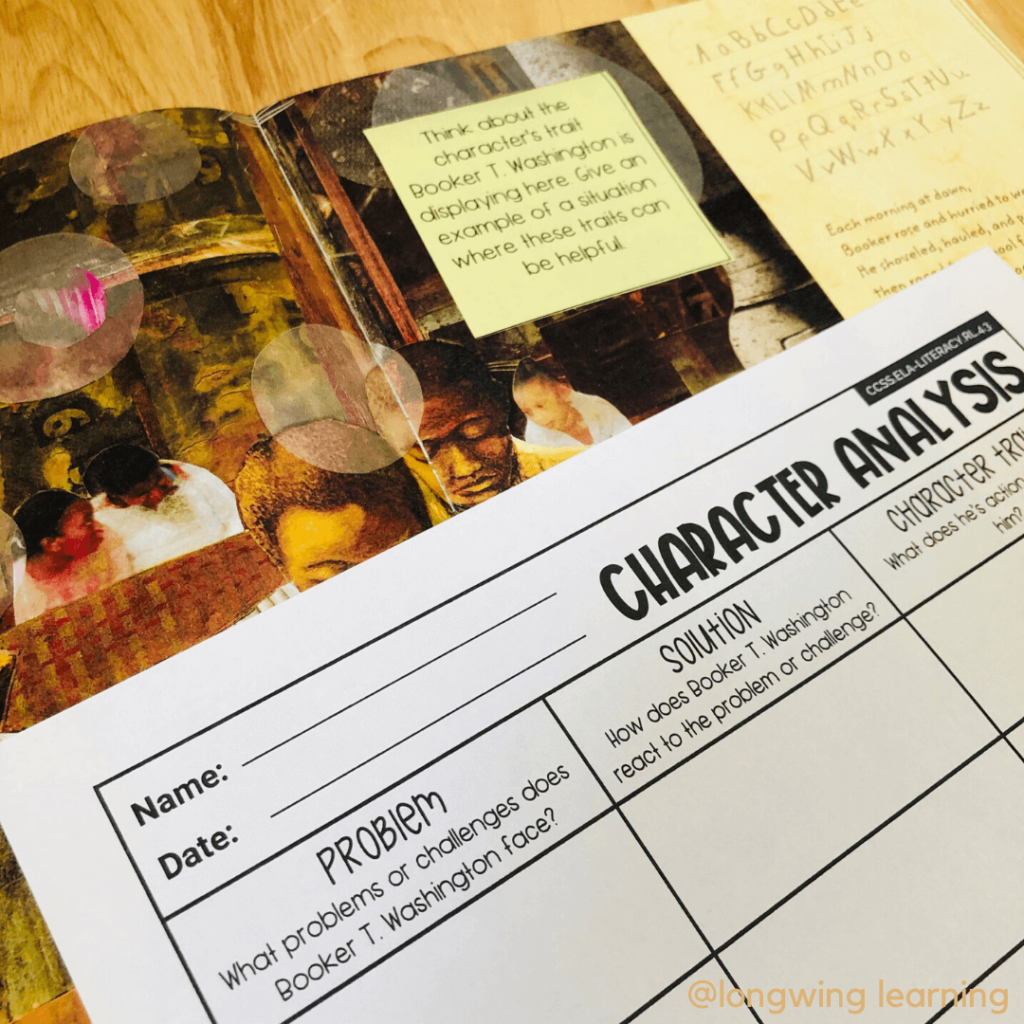
Here is a writing assignment that my kids love doing. The kids choose one of the character traits that Booker displayed in the picture book and write about it by using examples from the story.
The twist is they can’t use the actual character trait word in their paragraph. Instead, they share out their response, and we guess the character trait.
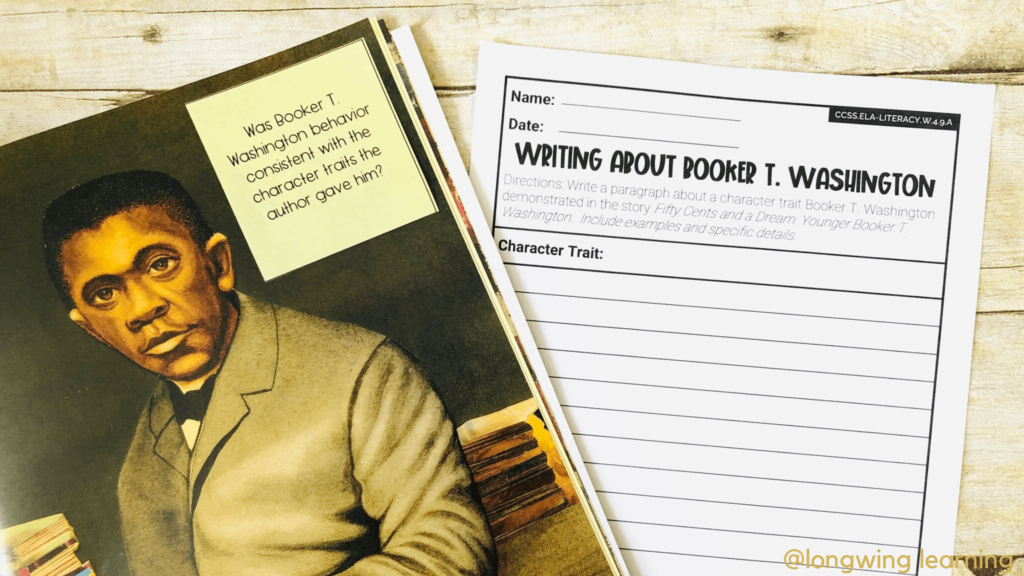
Literacy to Teach History
No matter the teaching points you choose, stories such as these give us a glimpse of Black Americans’ courageous journey and contributions.
Picture books are my favorite teaching tool to break down the history into bite-sized pieces for my fourth graders to understand the remarkable achievements of many people often forgotten in history.
Grab this resource and more over at my TPT store. Link in picture below.
Don’t have the book yet? Grab the book here!
We are a participant in the Amazon Services LLC Associates Program, an affiliate advertising program designed to provide a means for us to earn fees by linking to Amazon.com and affiliated sites.







